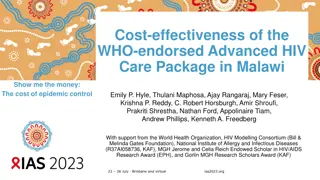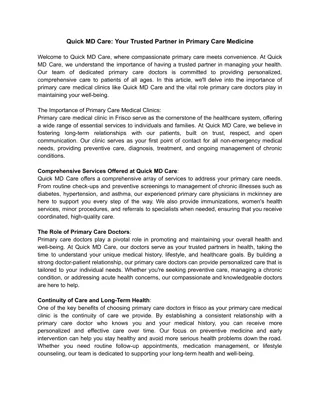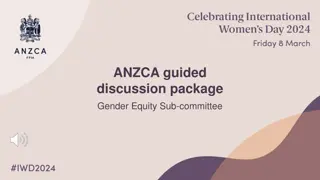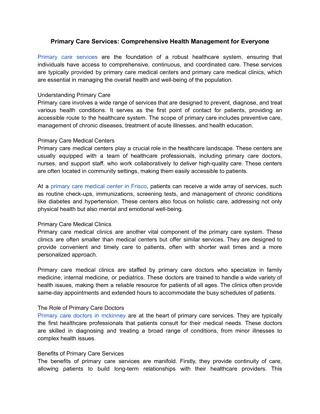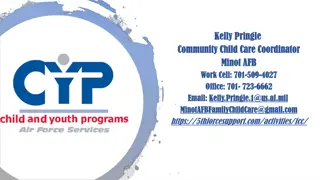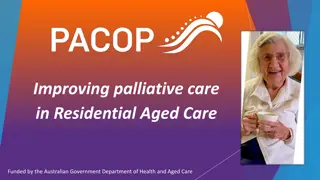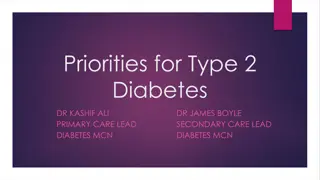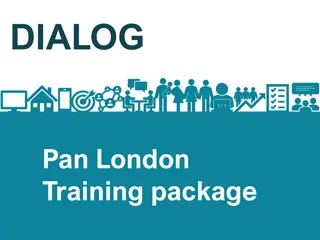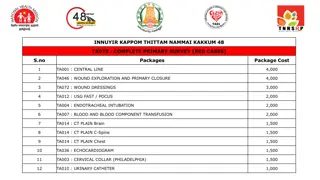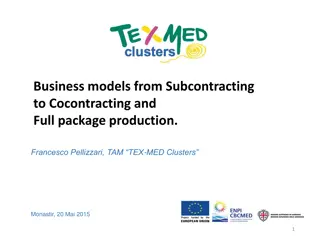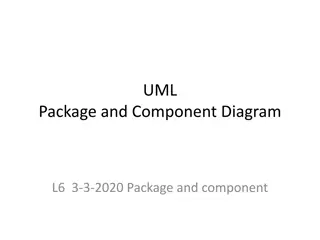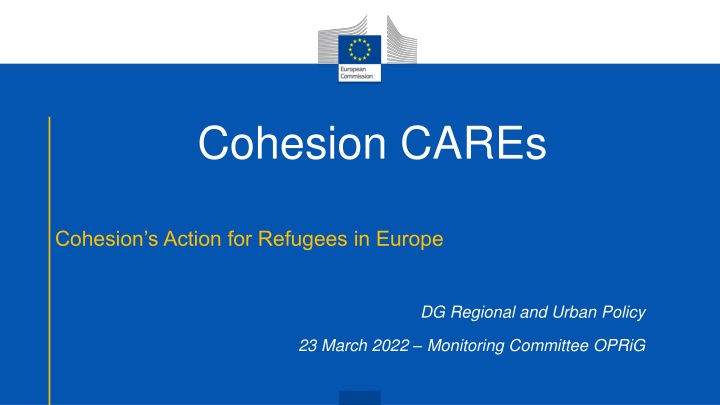
EU Cohesion Policy Initiatives for Refugee Crisis Response in Europe
Explore how EU Cohesion Policy supports refugee response efforts in Europe, including funding emergency measures and flexible resource allocation to address the current crisis. Learn about eligibility criteria, ERDF/ESF resource utilization, Article 98 provisions, and retrospective funding for Russian invasion-related actions.
Download Presentation

Please find below an Image/Link to download the presentation.
The content on the website is provided AS IS for your information and personal use only. It may not be sold, licensed, or shared on other websites without obtaining consent from the author. If you encounter any issues during the download, it is possible that the publisher has removed the file from their server.
You are allowed to download the files provided on this website for personal or commercial use, subject to the condition that they are used lawfully. All files are the property of their respective owners.
The content on the website is provided AS IS for your information and personal use only. It may not be sold, licensed, or shared on other websites without obtaining consent from the author.
E N D
Presentation Transcript
Cohesion CAREs Cohesion s Action for Refugees in Europe DG Regional and Urban Policy 23 March 2022 Monitoring Committee OPRiG
The current reality Over 2.5 million have already fled Ukraine (as of 11 March) Already 1.5 million in Poland; 225,000 in Hungary; 175,000 in Slovakia; 85,000 in Romania. 280,000 in other Member States UNHCR expects this number to reach 4 million by July seems very low
How can cohesion policy help? Eligibility: Cohesion policy funds can already support emergency measures, including: building or extending reception centres, shelters or actions to reinforce the capacities of reception services, infrastructural development in hotspots, mobile hospitals as well as sanitation and water supply. FEAD can provide immediate basic support to people entering Member States - food and basic material assistance. CARE therefore focuses on flexibility and maximising possibilities within the 2014-2020 programmes given the timing
Fully flexible use of ERDF/ESF resources ERDF can now finance ESF-type projects and vice versa Not limited to a threshold additional to and separate from the existing cross-financing possibility Aim is to enable programmes to package together remaining funds to address the refugee crisis For example, a programme could take the remaining ERDF funding in its priorities, put that funding together in a new ESF-type priority and support ESF-type actions Programme amendment required actions to be programmed under dedicated priority to address this crisis
Article 98, new paragraph 4 4. Operations addressing the migratory challenges as a result of the military aggression by Russia may be financed either by the ERDF or the ESF on the basis of the rules applicable to the other Fund. In such cases, these operations shall be programmed under a dedicated priority axis of that other Fund contributing to its corresponding investment priorities. Where data on participants is required to be reported for operations under the dedicated priority axis referred to in the second subparagraph, that data shall be based on informed estimates and shall be limited to the total number of supported persons and the number of children under 18 years old. This paragraph shall not apply to programmes under the European territorial cooperation goal.
Retrospective eligibility Spending is eligible from the date of the Russian invasion where a programme is amended to add new actions to address the inflows of refugees Not possible to fund completed projects therefore important to ensure projects are still ongoing at the date of the programme amendment
Retrospective eligibility CPR: In Article 65 (10), the following subparagraph is added: By way of derogation from paragraph 9, expenditure for operations addressing the migratory challenges as a result of the military aggression by Russia shall be eligible as of 24 February 2022. FEAD: In Article 22(4), the following subparagraph is added: By way of derogation from the first subparagraph, expenditure for operations addressing migratory challenges as a result of the military aggression by Russia shall be eligible from 24 February 2022.
100% co-financing option (1) Extension of 100% option to the 2021-2022 accounting year Programmes can ask for it again; can ask for it for the first time; or are able to not ask for it a second time Implementing Act under the CPR will be modified to add tick box per priority Programmes will tick the boxes where they want 100% and then will notify the Commission no modification decision required Programmes must notify their programme before submission of their final payment claim for this accounting year deadline is 31 July for the payment claim
Article 25a CPR, new paragraph 1a 1a. 120(3), a co-financing rate of 100% may be applied to expenditure declared in payment applications for the accounting year starting 1 July 2021 and ending 30 June 2022 for one or more priority axes in a programme supported by the ERDF, the ESF or the Cohesion Fund. By way of derogation from Article 60(1) and the first and fourth subparagraphs of Article By way of derogation from Article 30(1) and (2) and Article 96(10), the application of the co- financing rate of 100% shall not require a Commission decision approving a programme amendment. The Member State shall notify the revised financial tables to the Commission following approval by the monitoring committee. The co-financing rate of 100% shall apply only if the financial tables are notified to the Commission before the submission of the final application for an interim payment for the accounting year starting 1 July 2021 and ending 30 June 2022 in accordance with Article 135(2).
Article 20 FEAD, new paragraph 1b 1b. expenditure declared in payment applications for the accounting year starting 1 July 2021 and ending 30 June 2022. By way of derogation from paragraph 1, a co-financing rate of 100% may be applied to By way of derogation from Article 9(1), (2) and (3), the application of the co-financing rate of 100% shall not require a Commission decision approving a programme amendment. The Member State shall notify the revised financial tables, referred to in Section 5.1 of the operational programme templates set out in Annex I, to the Commission. The co-financing rate of 100% shall apply only if the financial tables are notified to the Commission before the submission of the final application for an interim payment for the accounting year starting 1 July 2021 and ending 30 June 2022 in accordance with Article 45(2).
100% co-financing option cohesion policy (2) Estimated impact is 10 billion over 2022 and 2023 Payment ceilings in the EU budget are very tight in these two years Therefore, a cap will apply to the amount of payments that can be made as a result of the 100% for these two years: 5bn in 2022 and 1bn in 2023 Situation will be assessed in the summer pro rata payments will be made if more than 5bn is requested All amounts due will be paid (eventually)
Article 25a CPR, new paragraph 1a part 2 The total additional payments resulting from the application of the 100% co-financing rate shall not exceed EUR 5 billion in 2022 and EUR 1 billion in 2023. The Commission shall make interim payments by applying the co-financing rate applicable to the priority axes concerned before the notification referred to in the second subparagraph. By way of derogation from Article 135(5), the Commission shall pay the additional amounts resulting from the application of the 100% co-financing rate following receipt of all final applications for interim payment for the accounting year 2021-2022, where necessary on a pro-rata basis to respect the ceilings set out in the third subparagraph. By way of derogation from Article 139(7), remaining amounts resulting from the application of the 100% co-financing rate, which cannot be paid following the acceptance of the accounts to respect the ceilings set out in the third subparagraph, shall be paid in 2024 or later.
Fund for the Most Deprived additional amendment Additional simplified notification procedure for programme changes already introduced for COVID related changes now extended to migration-related changes This additional flexibility, covers the following elements in the programme template: identification and justification of types of material deprivation and accompanying measures, description of the national scheme or schemes for each type of material deprivation description of mechanism setting the eligibility criteria for the most deprived persons, criteria for the selection of operations and description of selection mechanism; criteria for the selection of partner organisations financial plan with the amount of the total financial appropriation, indicatively broken down by type of material deprivation addressed However, if additional REACT-EU resources are allocated to FEAD, programme has to be amended
Impact on REACT-EU No changes to the REACT-EU article in the CPR Eligibility is unchanged REACT-EU can already support necessary actions (as it is ERDF and ESF funding) Already at 100% co-financing and is retrospective to February 2020, so no need for changes here either Main issue is how Member States plan to use their 2022 allocations under REACT current situation may change some of their initial plans

